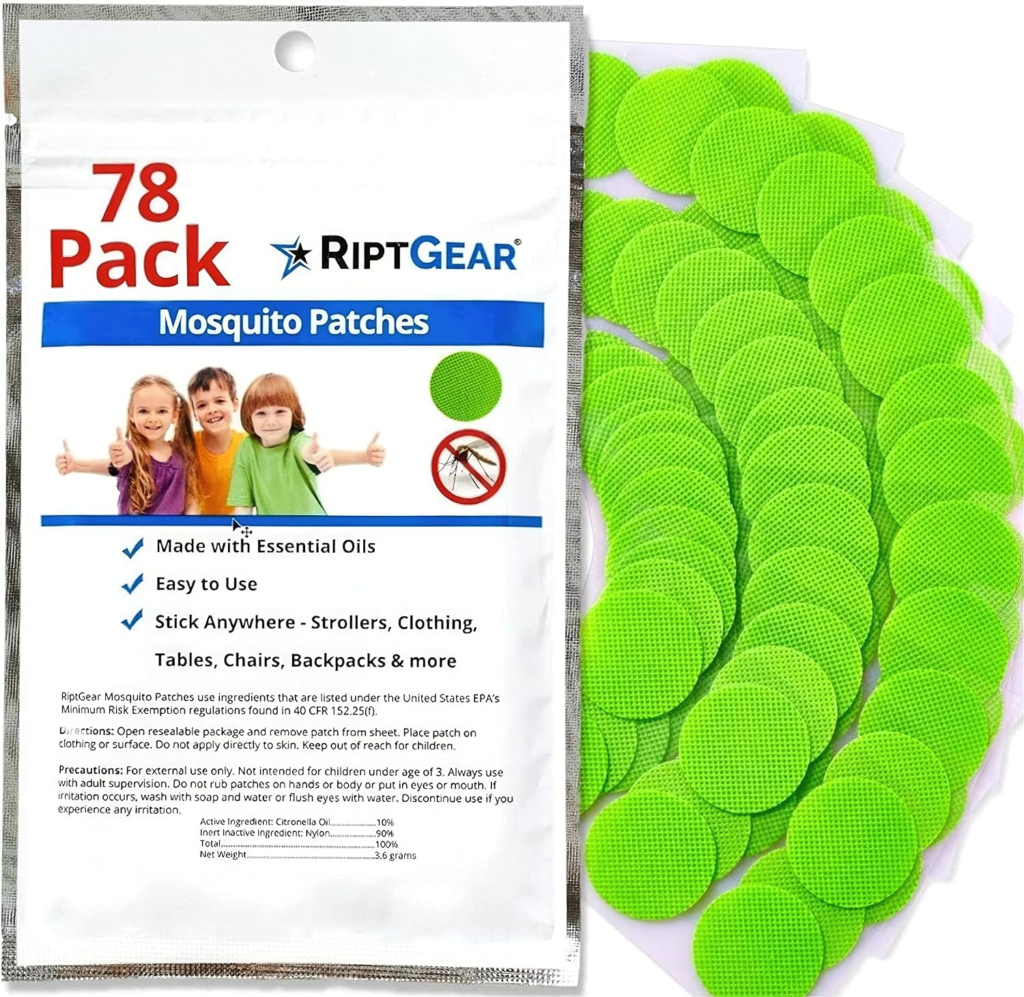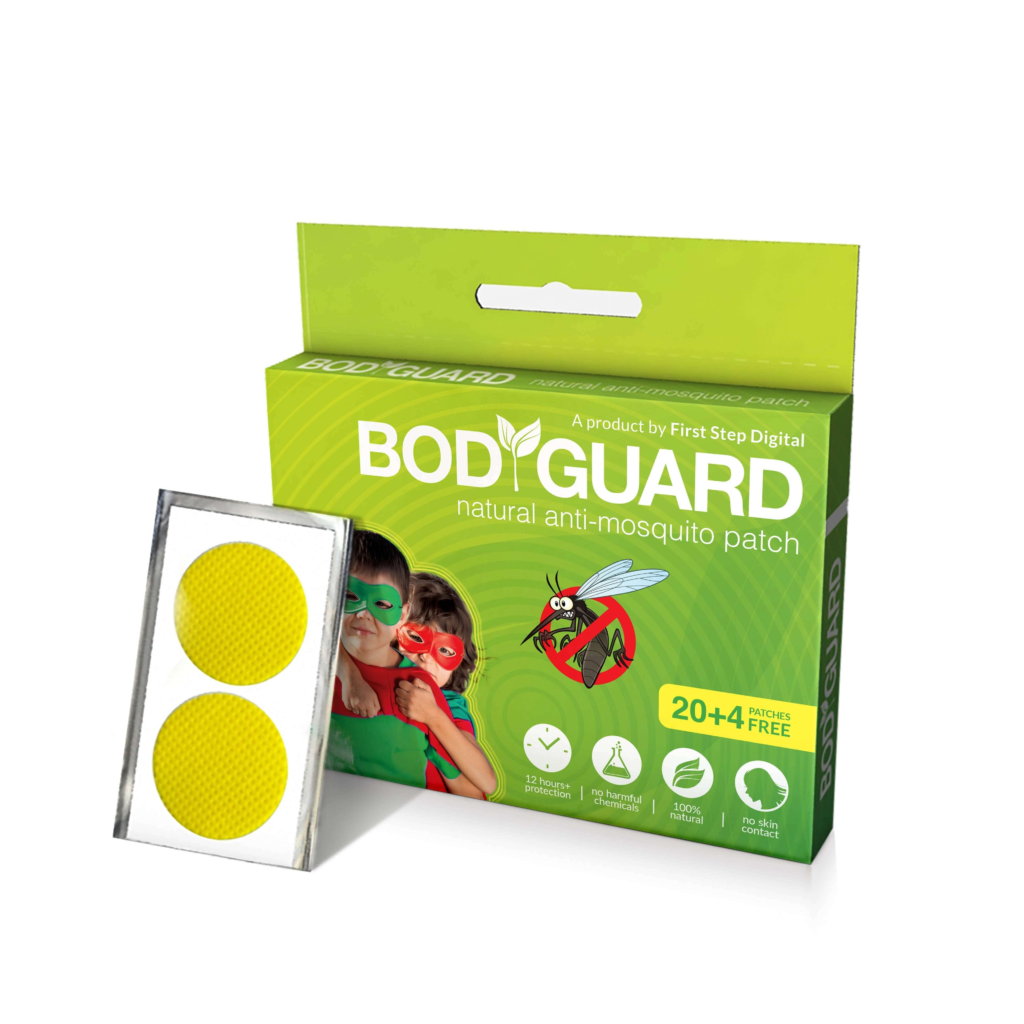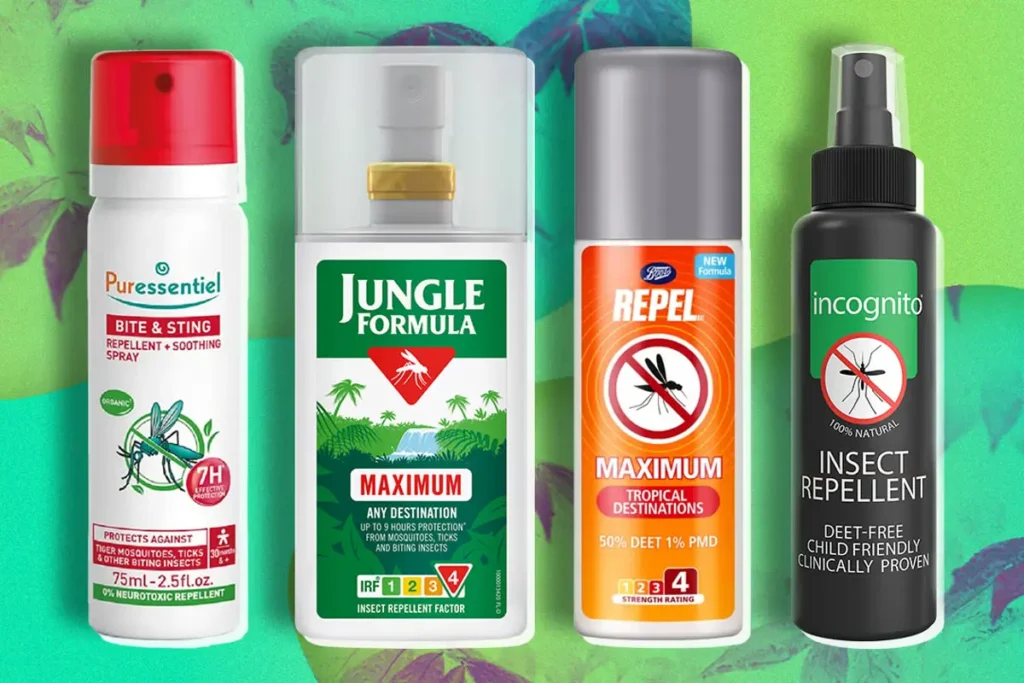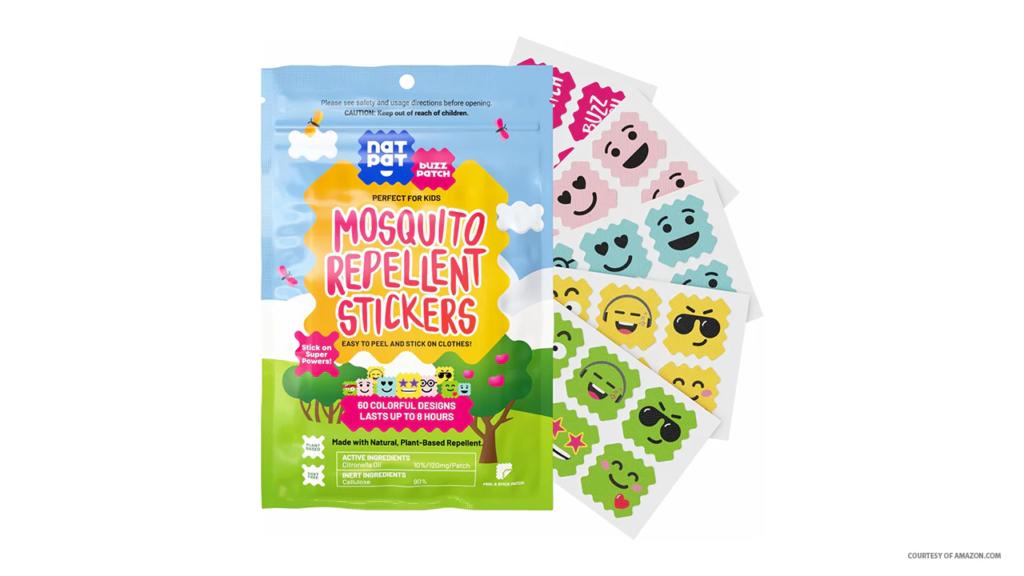Mosquitoes are more than just a bother; they can spread serious diseases like malaria and dengue. If you’re in a place with many mosquitoes, you need to protect yourself. This guide shows you how to use mosquito patches and insect repellents (both chemical and natural) to avoid bites and stay healthy. It’s really important to avoid mosquito bites. They can transmit diseases like malaria and dengue. Good prevention means using insect repellents and mosquito patches, which are becoming very popular.

Table of Contents :
Understanding the Dangers of Mosquitoes in Different Regions
- A health risk: Mosquitoes can spread serious illnesses.
- Different mosquitoes & sicknesses: Different mosquitoes spread different diseases. This makes them a problem worldwide.
- Tropical danger zones: Zika are common in warm places like Southeast Asia and the Caribbean. Mosquitoes breed easily in these areas.
- Risks even in cooler areas: Even in places like North America and Europe, mosquitoes can spread illnesses like West Nile virus. Summer is the worst time.
- Research Specific Risks: Before you travel, research the specific mosquito-borne diseases prevalent in your destination. This includes checking local health advisories. The CDC or WHO websites for up-to-date information on infections and recommended precautions. Knowing the specific risks allows for more targeted prevention.
- Know your destination: Beyond specific diseases, understanding the general mosquito season and typical biting times in your destination is also helpful.
- Stay informed, stay safe: Knowing the risks is the best way to avoid bites and stay healthy on your trip.

Types of Mosquito Repellents: Pros and Cons
1. Chemical Repellents (DEET, Picaridin)
- Pros: Effective, long-lasting mosquito protection (using chemical repellents), especially in areas with high mosquito populations.
- Heads-up: Can irritate sensitive skin and might have a strong smell. Always follow the label.
2. Natural Repellents (Citronella, Eucalyptus)
- Pros: Gentler on skin, eco-friendly.
- Cons: Don’t last as long, so you’ll need to reapply more often. Important: Even natural repellents can sometimes irritate skin, so test a little bit first. They might not be as effective as chemical repellents in areas with lots of mosquitoes.
- Natural Repellents: A Note of Caution: While generally safer, some natural repellents can still cause skin irritation. Always test a small area first.
3. Mosquito Patches
- Pros: Mosquito patches are a convenient way to repel mosquitoes. They are easy to use – just stick them on your skin or clothing. However, it’s important to note that mosquito patches may not be as effective as other methods
- Cons: May not be as effective as sprays or lotions for mosquito repellent, particularly in areas with high mosquito activity.
Mosquito Patches for Babies
- Considerations: Babies have very sensitive skin. Always consult with your baby’s doctor, before using any type of mosquito repellent, including patches, on a baby. Always talk to your baby’s doctor before using any mosquito repellent, including patches. Many doctors don’t recommend repellents for babies under a certain age. Mosquito netting is often the safest choice for babies. If your doctor says patches are okay, use only patches made for babies and follow the age instructions carefully. Never put a patch where a baby could reach it.
Mosquito Patches for Adults
- Benefits: Convenient and easy to use. Provide a set amount of protection (check the label for duration). A good alternative for adults who dislike the feel of sprays or lotions.
- Considerations: Effectiveness can vary between brands and individuals. May not be sufficient in areas with extremely high mosquito populations. Proper placement on clean, dry skin is essential for the patch to adhere and work effectively. Consider the duration of protection offered by the patch and reapply as needed.
4. Environmental Considerations
When you choose a repellent, think about the environment too. Some chemicals can harm water creatures. Natural repellents are a good option, or you can use chemical repellents sparingly. Always throw away repellent containers properly.
Each repellent has its ups and downs. Think about where you’re going, how many mosquitoes are usually there, if you have sensitive skin, how long you’ll be outside, and if anyone in your group is pregnant or a child when you make your choice.
The Benefits of Using Mosquito Patches

- Convenience: Mosquito patches offer unparalleled convenience compared to traditional sprays.
- Long-lasting Protection: These patches often provide up to 48 hours of protection, reducing the need for frequent reapplication.
- Reduced Chemical Exposure: Patches minimize skin contact with chemicals, making them a preferred option for those who want to avoid chemical repellents.
- Easy to Pack and Carry: They are discreet and easy to pack, eliminating the need for bulky bottles.
- Kid-Friendly: Mosquito patches can be especially useful for families traveling with children, offering a less messy and more comfortable alternative to sprays.
Bug Spray Smarts: Insect Repellents – Guidelines for Safe Use

Want to keep those pesky bugs away? Bug spray can help, but it’s important to use it correctly. Most sprays use either DEET or picaridin. Here’s the lowdown:
- DEET: This stuff is a workhorse. It fights off mosquitoes, biting flies, fleas, and ticks. It’s been used safely for decades. Just remember:
- Fabric Facts: It’s okay for cotton, wool, and nylon, but it can ruin some other materials like spandex and rayon. It can also melt plastic, so watch out for sunglasses or watches.
- Smell and Feel: DEET has a distinct smell and can be a bit sticky. Keep it away from your eyes – it can sting!
- Picaridin: A newer option. It’s Fragrance-free and less sticky than DEET. Plus, it won’t melt your plastics!
- General Safety for Both: Both DEET and picaridin are safe when you use them as directed on the label. Always read the instructions!
DEET Details
- Comes in different strengths (10% up to 80%).
- Don’t go too strong! Anything over 30% isn’t recommended.
- For trips to the tropics, 19% to 30% DEET is a good choice.
- For babies older than two months, use a DEET product that’s 30% or less.
Picaridin Details
- Comes in 10% or 20% strength.
- For kids, use the lower strength and put it on again when needed. This helps prevent any problems.
How to Properly Use Mosquito Repellents Patches While Traveling
- Choice the Right Patch: Choose a patch that offers long-lasting protection, especially if you’ll be outside for a while. Think about how many mosquitoes are usually in the area you’re visiting.
- Clean and Dry Skin: Before putting on a patch, make sure your skin is clean and dry. This helps the patch stick and work well.
- Where to Put the Patch: Put the patch on skin that’s exposed, like your arms or legs. Don’t put it under your clothes – it won’t work as well.
- Choose Your Repellent: You can use natural or chemical repellent sprays or lotions. Natural ones are gentler, but chemical ones usually last longer and work better. Think about the mosquito risk and what you prefer.
- Apply Repellent Correctly: Put repellent on all exposed skin and your clothes before going outside. Don’t forget your ankles and the back of your neck!
- Patches and Repellent Together: If you’re using both, put the repellent on first and let it dry. Then put on the patch. This way, the repellent won’t stop the patch from sticking.
- Always Read the Label: Check the instructions on the package. Every product is a little different, and the label tells you the best way to use it. This will help you get the best protection.
Other Precautions to Take Against Mosquitoes
1. Clothing Choices: Wear light-colored clothing. Mosquitoes are more attracted to dark colors. Long sleeves and pants offer the best protection.
2. Accommodation Tips: Stay in places with screens on the windows or air conditioning. This helps keep mosquitoes out. If camping, set up your tent away from still water, which is where mosquitoes breed.
3. Timing Your Activities: Mosquitoes are most active at dawn and dusk. Try to plan your outdoor activities for the daytime to reduce your risk of bites.
4. Natural Repellents Indoors: Use natural repellents like citronella candles around your living space for added protection and a pleasant smell.
5. Skip the Strong Scents: Avoid using heavily scented lotions or perfumes, as these can attract mosquitoes.
6. Pack a Mosquito Net: If you’re traveling to remote areas without good mosquito protection, bring a mosquito net for your bed. It creates a physical barrier against bites.

Conclusion: Enjoy a Safe and Comfortable life with Mosquito Patches
Traveling to mosquito-prone areas requires preparation. Mosquito patches and repellents are essential for a worry-free trip. Understanding the risks allows informed repellent choices, chemical or natural. Proper usage, combined with precautions like protective clothing, maximizes protection. Staying informed about disease prevention ensures a healthy and enjoyable adventure. With the right preparation, you can safely enjoy your travels.


